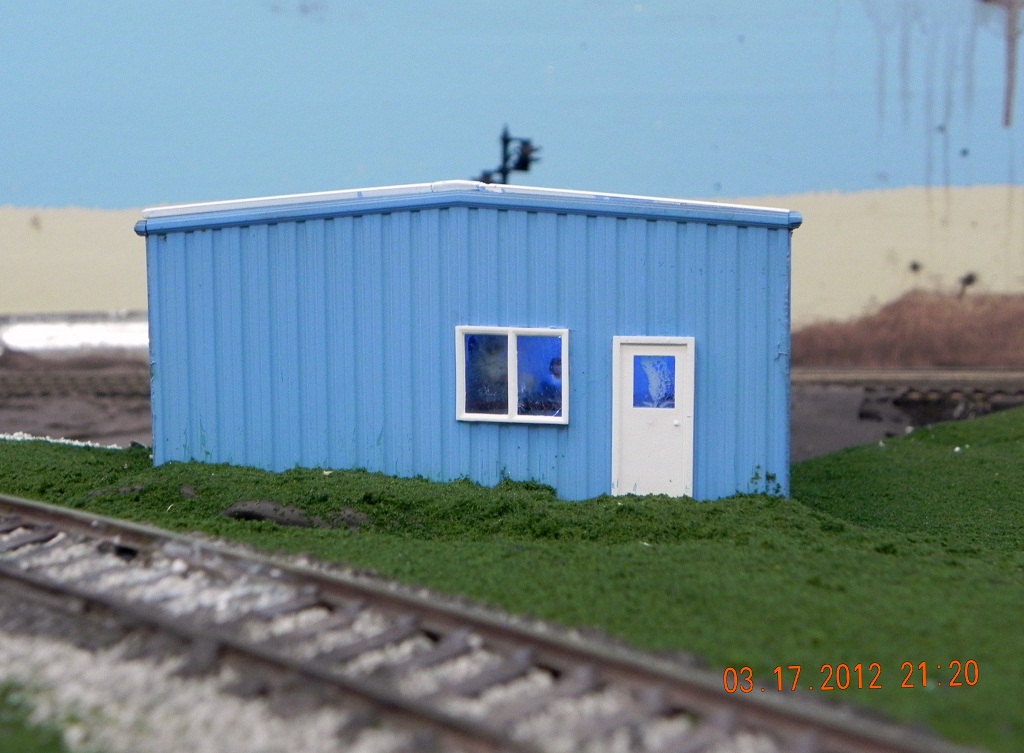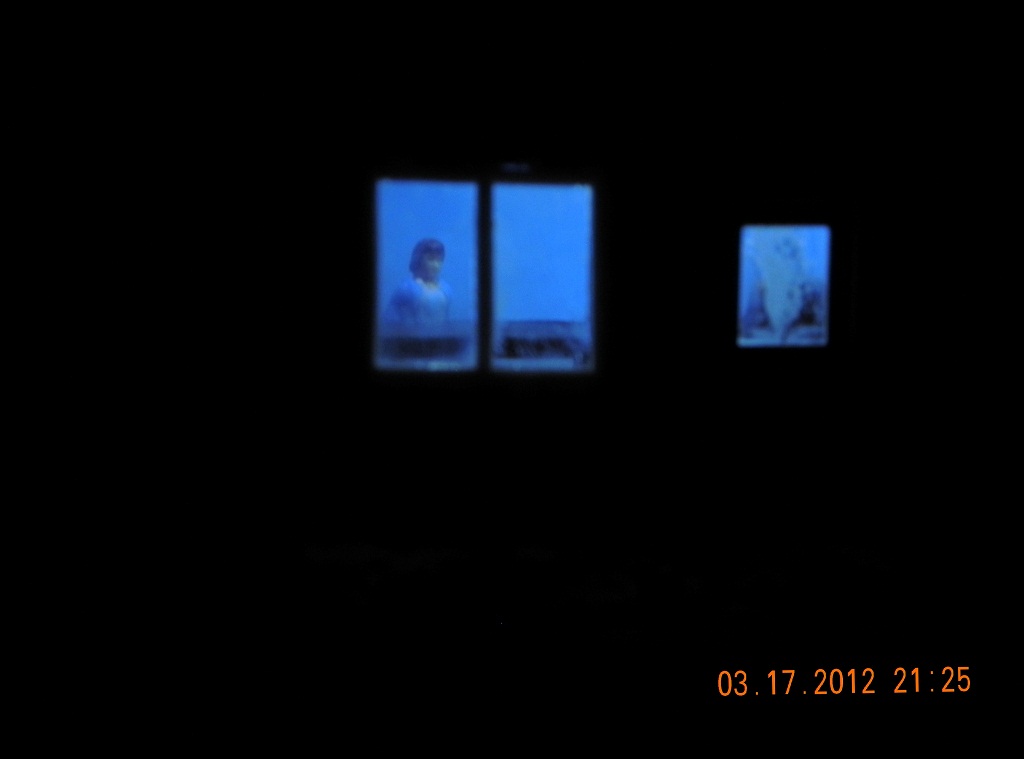Block Detectors
I've been using transformer style block detectors to signal my railroad. The
design I'm using says it can detect current as low as 1 mA, but in practice I've found 4-6 mA to be required. Now, I don't doubt the documentation, it's just my results differ. The transformer style of block detector is sensitive to things such as wire routing and number of turns, so it's easy to see why the results differ.
Now
Team Digital has a
transformer style block detector that looks like it uses the same basic design as the one I'm using. (I have not actually examined it.) The manual states a typical detection current of approximately 3 mA at 5V, which is similar to what I measured with the above circuit.
Connecting the block detectors is a matter of taking 22 ga magnet wire and wrapping it around the transformer 4 1/2 times inline with the power lead. Originally, I had used solid 18 gauge wire and wrapped it around 1 1/2 times. Detection current was somewhere around 10-20 mA, which isn't bad until you realize that equipping every car on a layout to be detected would soon result in even a small layout running out of power.
The magnet wire reduced the current required to approximately 5 mA, which means that 100 cars would draw 1/2 A. The trick is to get the block detector as sensitive as possible (to reduce current draw), while keeping it from detecting other things, such as a hand across the rails.
Trip current has been measured by clipping a 25K variable resistor to the rails and adjusting it to the point where the signal changes from green to red. At that point, the resistance is measured and Ohm's Law is use to calculate the trip current. After adding the magnet wire, my values usually fell in the 2.20 kOhm range. The track closest to the block detector measured 3.20 kOhm, which is only 3 mA of current. Perhaps better results are received when the block detector is close to the track rather than located on a control panel away from the track.
These values are important for choosing resistors for rolling stock. If a car has more resistance than the value, it will fail to be detected. If it has too much less resistance than that value, it will draw power needlessly. Some modelers use a 10K resistor for their cars, and report success. Two resistor equipped axles per car results in a draw of approximately 2 mA. My testing indicates that 2 such cars would need to be in the block to be detected. Equpping all 4 axles with a 10K resistor would result in a car that draws approximately 5 mA and should be detected.
Adjusting the resistor size to fit the block detector can reduce the amount of work necessary to equip cars for detection. As in the above example, equipping cars with 10K resistors results in a 2.5K resistance per car, something that could be done with 5K resistors on only two axles.
Some question remains in my mind whether only the caboose or last car needs to be detected. If the middle of the train is not detected, the signal behind the caboose would still be correct (while the one ahead of it would not.) However, in areas where the signal is protecting a switch, detection in the middle of the train may be essential.
Results differ based on the installation and what size resistor a railcar has been equipped with. Installing the block detectors first and then adjusting the wheelsets to match up with the detector's needs seems to be the best way to go.



